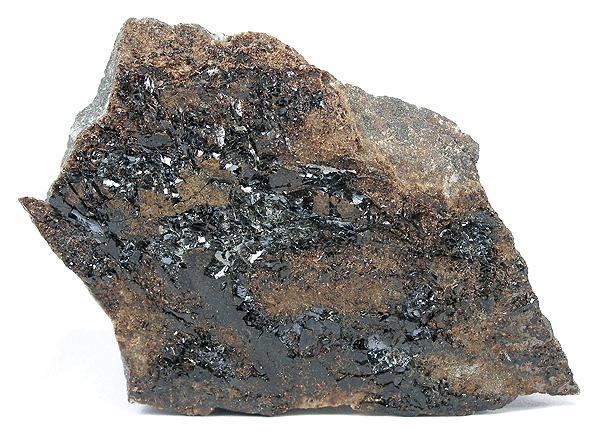Category Silicate mineral Strunz classification 9.ED.10 | Formula(repeating unit) Fe2Si2O5(OH)4·2H2O Color Black, brownish-black | |
 | ||
Crystal system MonoclinicUnknown space group Unit cell a = 5.4, b = 9.03c = 14.99 [Å]; β = 98.32°; Z = 4 | ||
Hisingerite is an iron(III) phyllosilicate mineral with formula Fe3+2Si2O5(OH)4·2H2O. A black or dark brown, lustrous secondary mineral, it is formed by the weathering or hydrothermal alteration of other iron silicate and sulfide minerals.
It was first described in 1828 for an occurrence in Riddarhyttan, Vastmanland, Sweden. It was named after Wilhelm Hisinger (1766–1852), a Swedish chemist.
There are also aluminian hisingerite variety in which one of the iron atoms is replaced by aluminium and chrome-alumina-hisingerite variety in which chromium substitutes for iron.
References
Hisingerite Wikipedia(Text) CC BY-SA
